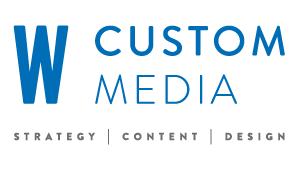
An editorial calendar is a roadmap that guides your entire content strategy. It keeps all content managers organized, sets up deadlines, and provides direction for the steady stream of content flowing through your publication, website, social media, and e-newsletters.
An editorial calendar can be organized by months or quarters, and then by weeks, days, and even hours. The pre-set calendar allows writers to look ahead and build a backlog of articles so there is never a scarcity of content.
If creating original, organized content is your organization’s goal, start by establishing a calendar on a quarterly or monthly basis and select a theme. You should designate a topic for every month regardless of the season, just for planning purposes. Once you’ve designated a focus for each month, break down the weekly content to reflect the month’s theme. If you blog about two or three times a week, you should incorporate the month’s theme every time, but make sure it’s addressed at least once to maintain structure.
Daily calendar planning involves assigning a different topic to a day of the week to keep staff on track. For example, if you work in healthcare, you might designate Mondays as a nutrition day and Thursdays as an exercise day. Hourly deadlines are similar to the daily deadlines in that you can assign a topic to various times of day.
Pro Tip: Hourly scheduling works well for social media goals. For example, 3:00 p.m. can be dedicated to tweeting about an upcoming event, or 6:00 p.m. could be a statistic from a study.
Most importantly, build flexibility into your editorial calendar. News and trends change often, so it’s important to be able to swap your content easily as needed. An editorial calendar will provide an easy-to-manage system for your staff and a predictable rhythm of content for your readers.
At WCM, we use a variety of editorial calendar tools to keep our projects on track and clients up to date. Some of our favorites include Basecamp, Google Suite (Calendar, Docs, Sheets), Trello and Hootesuite.
